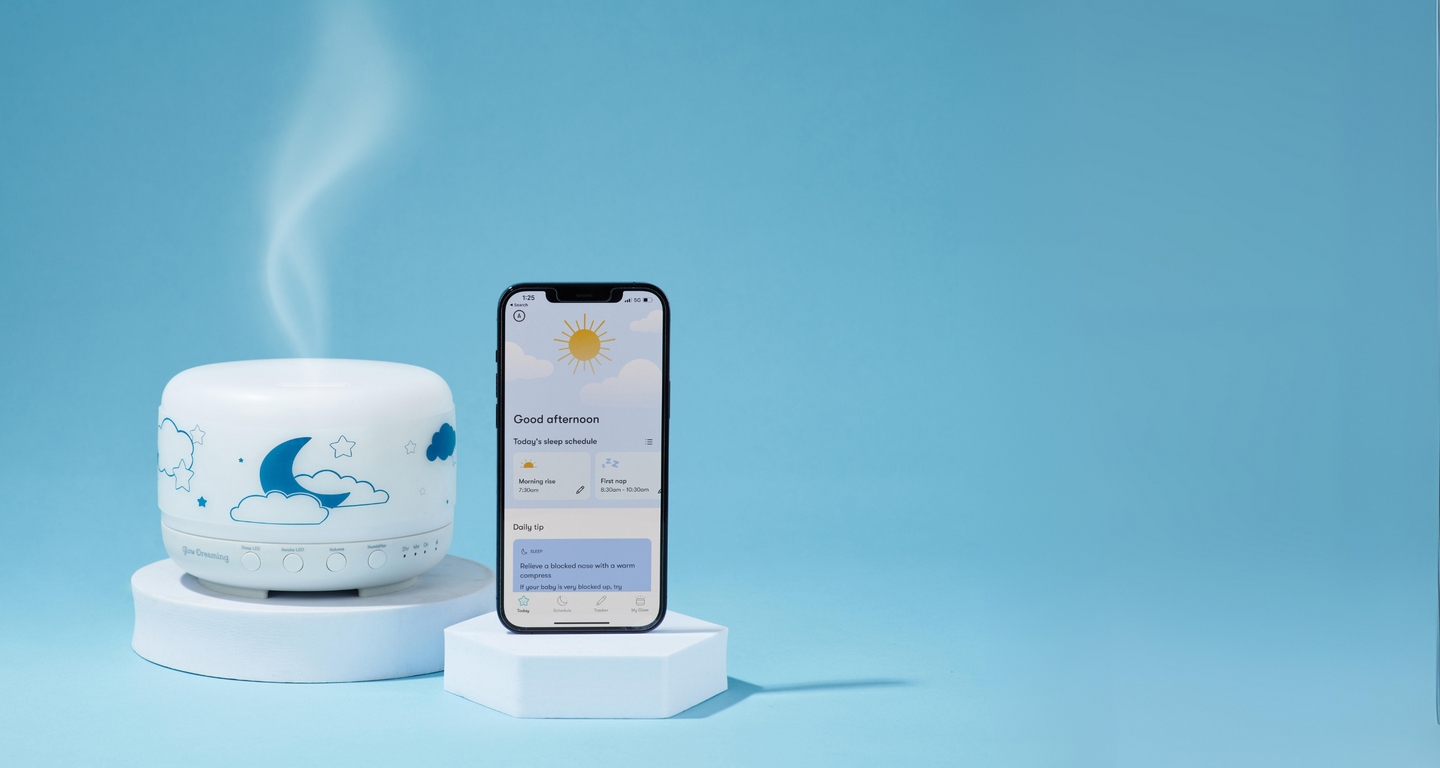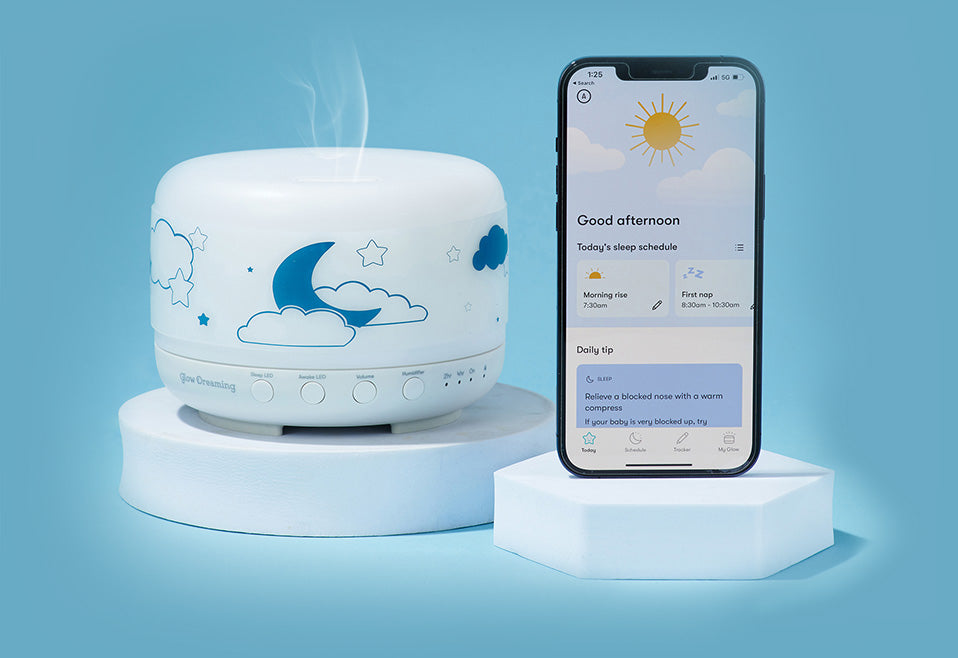As your little babe grows and changes, so do their sleep cues! We’re going to have a look at exactly that for little ones aged 6 months to 2 years!
(Looking for information on sleep cues for your 0–6-month-old? Have a read of our blog HERE!)
Yawns and Eye Rubs:
Eye rubbing is a nuanced cue that deserves careful attention. Persistent or forceful rubbing suggests a strong desire for sleep. Combine this with other signals like decreased activity or slowed movements to confirm that your toddler is ready for a soothing nap or a night of restful sleep.
Decreased Activity and Quieting Down:
As your child naturally winds down, observe for signs of decreased activity. A gentle slowdown in their movements, a preference for quieter activities, or a decrease in responsiveness to external stimuli are all indicative of the quiet before the sleep storm. Embrace these calm moments as precursors to a peaceful sleep session.
Whining or Clinginess:
If your child becomes fussier or clingier than usual, it may be a sign that they need the comfort and rest that nap-time provides.
Unique Cues for Varied Nap Durations
Understanding the specific cues associated with different nap durations is key to ensuring your little one gets the right amount of rest. Explore the distinctions in cues for various nap lengths:
- Catnaps (20-30 minutes): Look for signs such as eye rubbing, yawning, or a slight decrease in activity. Catnaps are brief respites, and these early cues can help you seize the opportunity for a quick nap.
- Standard Naps (1-2 hours): Your child might display more noticeable signs of tiredness, like rubbing their eyes persistently, becoming less responsive to stimuli, or exhibiting a slower pace in their activities.
- Extended Siestas (2 hours or more): Recognise the need for a more prolonged nap when your child shows clear signals of fatigue, perhaps accompanied by a decrease in overall mood, increased irritability, or a preference for quiet activities.


